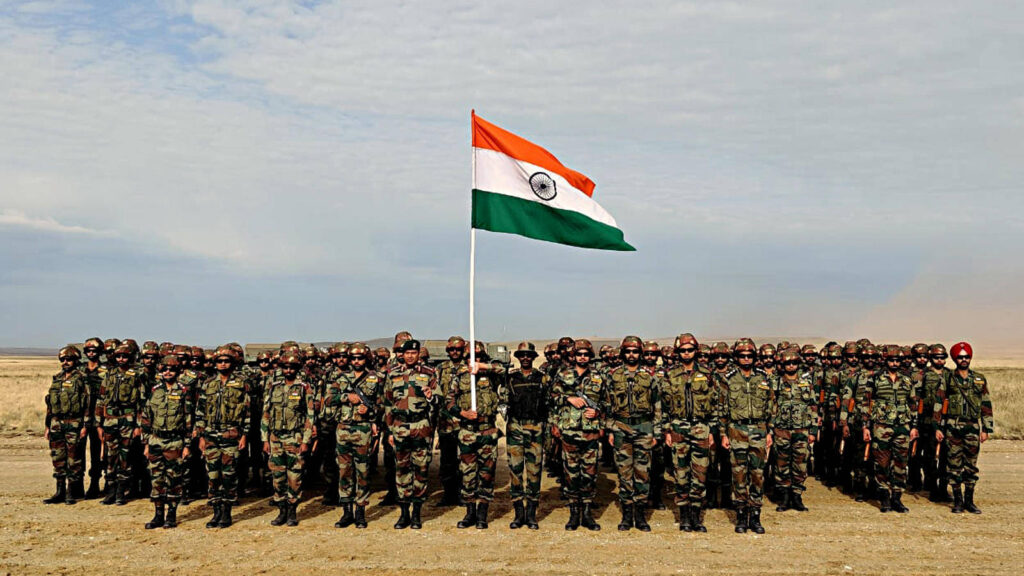Inside the Indian Military Offensive Against Maoist Insurgents

A large-scale military offensive is underway in central India, where government forces have launched an aggressive crackdown against Maoist insurgents in the forests of Chhattisgarh. Tensions in the region have escalated dramatically in recent weeks as part of a sweeping counterinsurgency campaign named “Operation Kagar” (also known as “Operation Zero”), aimed at dismantling one of the country’s longest-running armed rebellions.
Over 10,000 Indian soldiers have been deployed in the Karrigatta hill forests, which stretch across the states of Chhattisgarh and Telangana. Once considered remote strongholds of the Maoist movement, these dense forests have now become the epicenter of a high-intensity conflict. The offensive is backed by the Bharatiya Janata Party (BJP), which holds power both in New Delhi and in Chhattisgarh. Officials have stated that the mission’s objective is to eradicate Maoist influence from the region.
Since the beginning of 2025, security forces claim to have killed at least 201 suspected Maoist fighters, including 27 in a single encounter earlier this week—among them a top-ranking rebel commander. Over the past 16 months, the death toll for alleged Maoist insurgents has surpassed 400 in Chhattisgarh alone. While the government is framing these numbers as evidence of success, human rights groups and tribal advocates are raising serious concerns.
Activists argue that many of those killed in the operations are not Maoist fighters but Adivasis—Indigenous residents of the region—caught in the crossfire or falsely labeled as rebels. These tribal communities have historically faced systemic marginalization, and critics say the military campaign is exacerbating long-standing injustices rather than resolving the root causes of conflict.
The Maoist insurgency, which emerged in the late 1960s with promises of land reform and social justice, has persisted for decades, especially in underdeveloped areas rich in natural resources. Many Maoist leaders have positioned themselves as defenders of tribal rights, opposing mining projects, displacement, and exploitation by corporate and state entities. Though the movement has been weakened in recent years, pockets of resistance remain in what is known as India’s “Red Corridor”—a region stretching across multiple states, including Chhattisgarh, Jharkhand, Odisha, and Andhra Pradesh.
Government officials maintain that their current approach is necessary to restore order and foster development in conflict-hit areas. However, the long-term human cost of the conflict is undeniable. From 2000 to 2024, more than 11,000 people—including civilians, security personnel, and Maoist fighters—have died in violence linked to the insurgency, according to government data. Police records also show that over 6,000 Maoists have been killed during this period.
As Operation Kagar intensifies, opposition parties are calling for an immediate reevaluation of the government’s strategy. Leaders from across the political spectrum, including members of the Indian National Congress, have urged the administration to initiate peace talks instead of relying solely on force. They argue that the conflict cannot be resolved militarily and that addressing socio-economic grievances is key to lasting peace.
“There is no military solution to what is essentially a political and social issue,” said one opposition lawmaker. “Without justice for the Adivasi communities and meaningful engagement, this violence will only deepen.”
Meanwhile, voices from the ground paint a grim picture. Many tribal residents say they are living in fear—not just of Maoist reprisals but also of being misidentified by the authorities. Human rights observers warn that the current strategy risks alienating the very communities whose trust is essential for long-term stability.
As Chhattisgarh’s forests continue to echo with gunfire, the country is left grappling with a difficult question: Can peace be achieved through force, or is a new, more inclusive path the only way forward?







